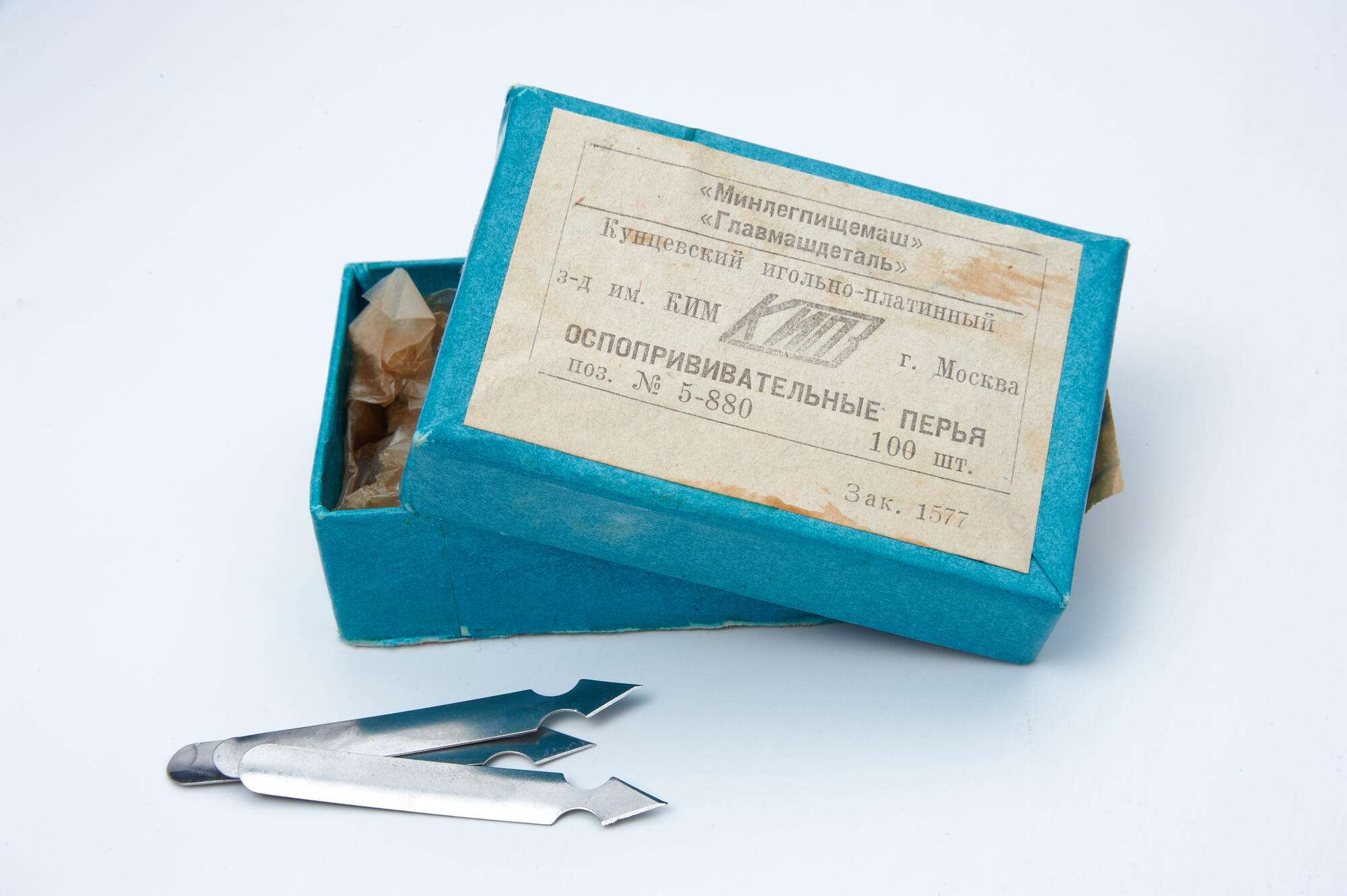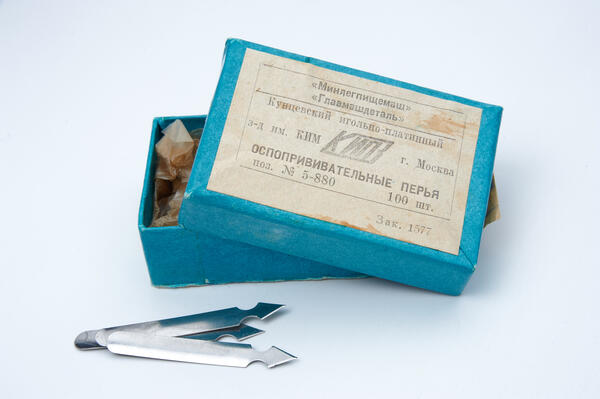Natural smallpox, also called pox, is a very contagious viral disease with a mortality rate of about 30%. In the 19th century, it was one of the most common diseases in Europe. Every year, smallpox claimed tens of thousands of human lives and until the end of the 18th century remained the cause of 8-20% of all deaths in European countries. The survivors were left with deep scars from pocks. Often the disease led to blindness. ‘From smallpox, as well as from love, only a few people survive, ’ said an old German proverb.
In the 18th century, it was noticed that people who had had less severe cowpox were immune to smallpox. On May 14, 1796, Edward Jenner inoculated James Phipps with cowpox — the eight-year-old son of his gardener — and documented this fact. Then Jenner infected the boy with smallpox more than 20 times, but he never got sick. Thus, the effectiveness of vaccination was proved. The word ‘vaccine’ itself comes from the Latin ‘vacca’ — ‘cow’.
When in 1768, another smallpox epidemic broke out in Russia, Catherine II, contrary to the persuasions of courtiers and advisers, invited the famous English vaccinator, Dr. Thomas Dimsdale. He successfully vaccinated the Empress and the heir to the throne, Pavel Petrovich, the future Emperor Paul I, with pox. For his good work, Dimsdale was awarded the title of baron.
Despite the positive effect of vaccinations, both in Russia and in Europe, the procedure was treated with caution. In Russia, smallpox committees were created, in which teachers and midwives were told how to vaccinate, and were also kept records and registration of vaccinated people. However, the common people considered vaccination a sin, and the scar left on the hand was the seal of the Antichrist. Mainly pupils of orphanages and cadet corps got vaccinated.
On April 10, 1919, the Council of People’s Commissars adopted a decree ‘On mandatory smallpox vaccination’. By the middle of the 20th century, the USSR practically got rid of the deadly disease. The outbreak of the smallpox epidemic in Moscow in the 1959–60-s, when the virus was imported from India, prompted the Soviet delegation at the next session of the World Health Assembly to give the smallpox vaccine to 45 countries of the world.
The exhibition presents a set of smallpox vaccination pens. During vaccination, the skin was first wiped with alcohol, then a few drops of the vaccine were applied, and then incisions were made with a dry pen directly through the droplets. Then the vaccine was rubbed in and left to dry.
In the 18th century, it was noticed that people who had had less severe cowpox were immune to smallpox. On May 14, 1796, Edward Jenner inoculated James Phipps with cowpox — the eight-year-old son of his gardener — and documented this fact. Then Jenner infected the boy with smallpox more than 20 times, but he never got sick. Thus, the effectiveness of vaccination was proved. The word ‘vaccine’ itself comes from the Latin ‘vacca’ — ‘cow’.
When in 1768, another smallpox epidemic broke out in Russia, Catherine II, contrary to the persuasions of courtiers and advisers, invited the famous English vaccinator, Dr. Thomas Dimsdale. He successfully vaccinated the Empress and the heir to the throne, Pavel Petrovich, the future Emperor Paul I, with pox. For his good work, Dimsdale was awarded the title of baron.
Despite the positive effect of vaccinations, both in Russia and in Europe, the procedure was treated with caution. In Russia, smallpox committees were created, in which teachers and midwives were told how to vaccinate, and were also kept records and registration of vaccinated people. However, the common people considered vaccination a sin, and the scar left on the hand was the seal of the Antichrist. Mainly pupils of orphanages and cadet corps got vaccinated.
On April 10, 1919, the Council of People’s Commissars adopted a decree ‘On mandatory smallpox vaccination’. By the middle of the 20th century, the USSR practically got rid of the deadly disease. The outbreak of the smallpox epidemic in Moscow in the 1959–60-s, when the virus was imported from India, prompted the Soviet delegation at the next session of the World Health Assembly to give the smallpox vaccine to 45 countries of the world.
The exhibition presents a set of smallpox vaccination pens. During vaccination, the skin was first wiped with alcohol, then a few drops of the vaccine were applied, and then incisions were made with a dry pen directly through the droplets. Then the vaccine was rubbed in and left to dry.



